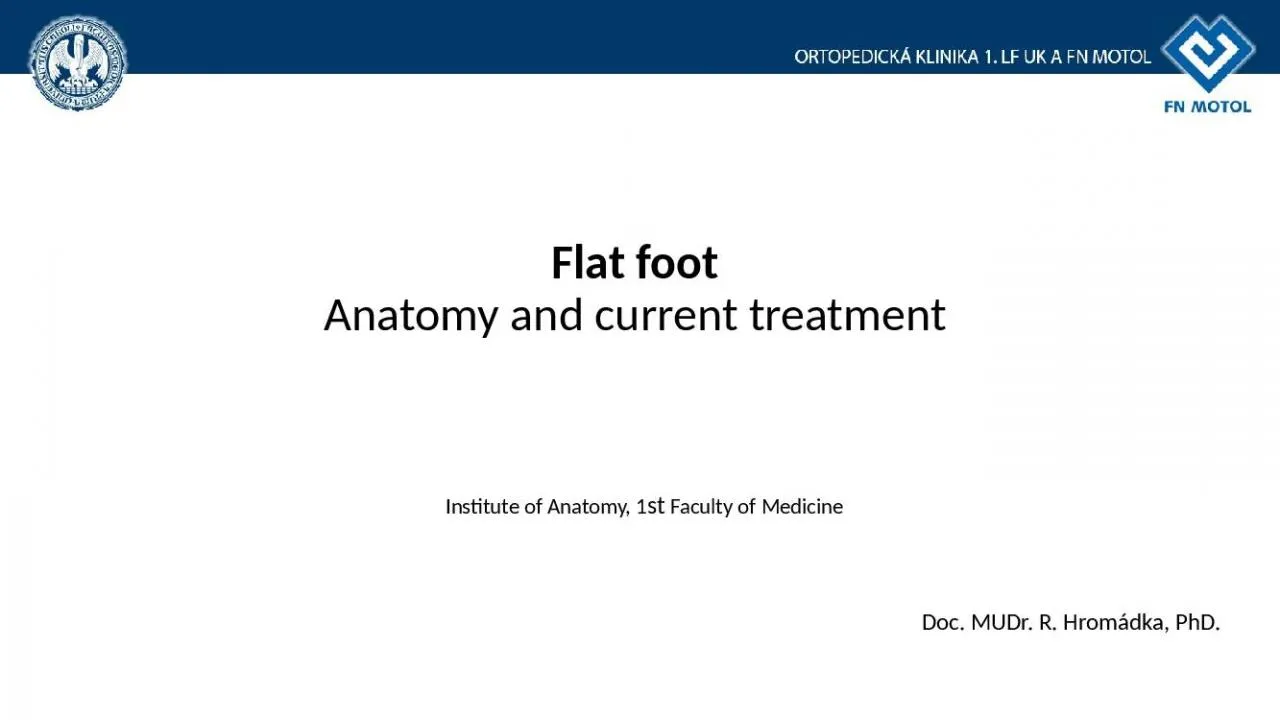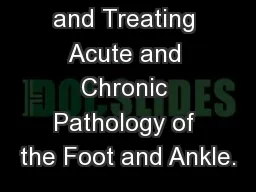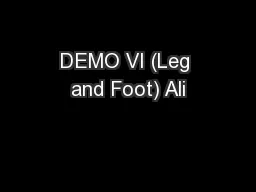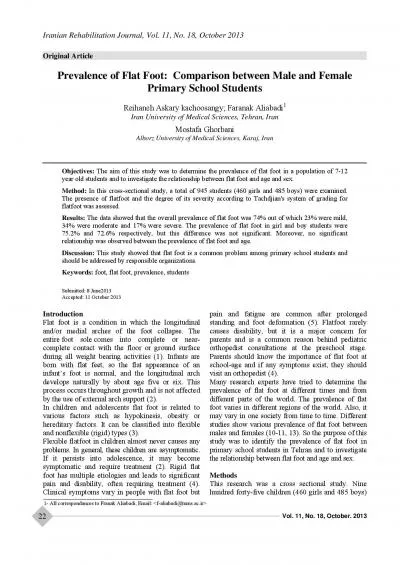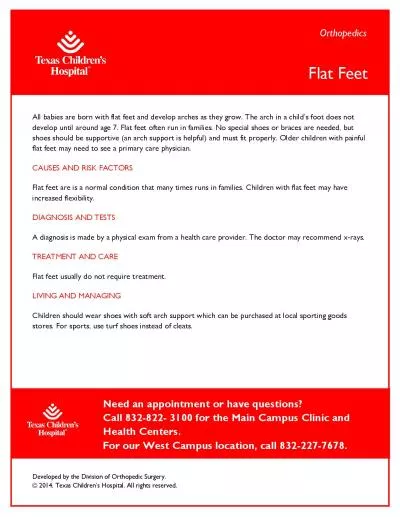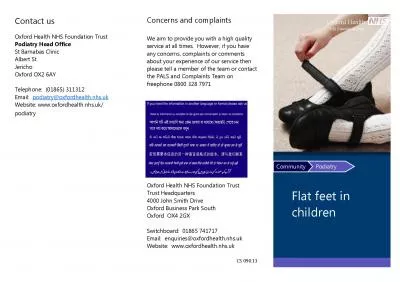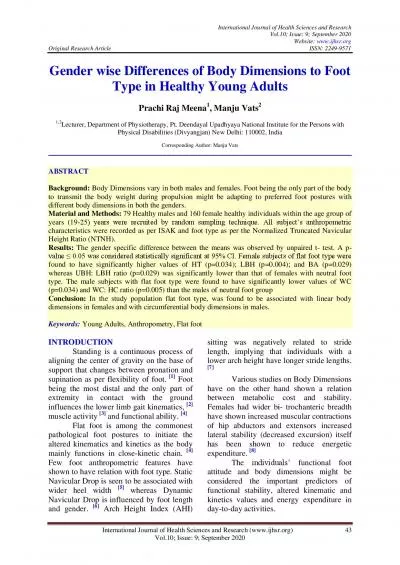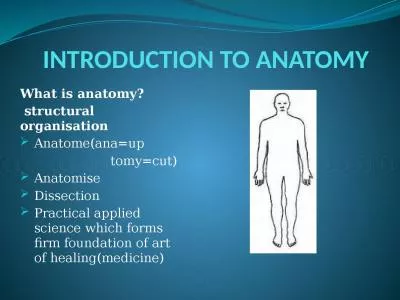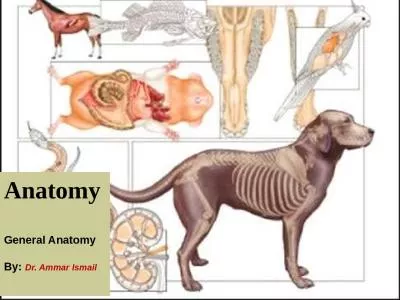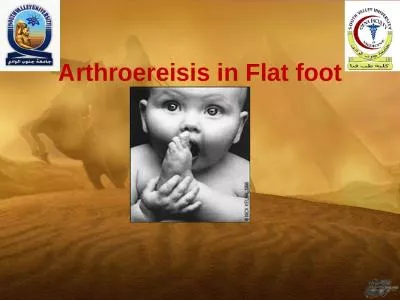PPT-Flat foot Anatomy and current treatment
Author : ida | Published Date : 2022-05-18
Institute of Anatomy 1 st Faculty of M edicine Doc MUDr R Hromádka PhD Pes planus Low medial longitudinal arch of foot It is not flat forefoot Flat foot
Presentation Embed Code
Download Presentation
Download Presentation The PPT/PDF document "Flat foot Anatomy and current treatment" is the property of its rightful owner. Permission is granted to download and print the materials on this website for personal, non-commercial use only, and to display it on your personal computer provided you do not modify the materials and that you retain all copyright notices contained in the materials. By downloading content from our website, you accept the terms of this agreement.
Flat foot Anatomy and current treatment: Transcript
Download Rules Of Document
"Flat foot Anatomy and current treatment"The content belongs to its owner. You may download and print it for personal use, without modification, and keep all copyright notices. By downloading, you agree to these terms.
Related Documents

